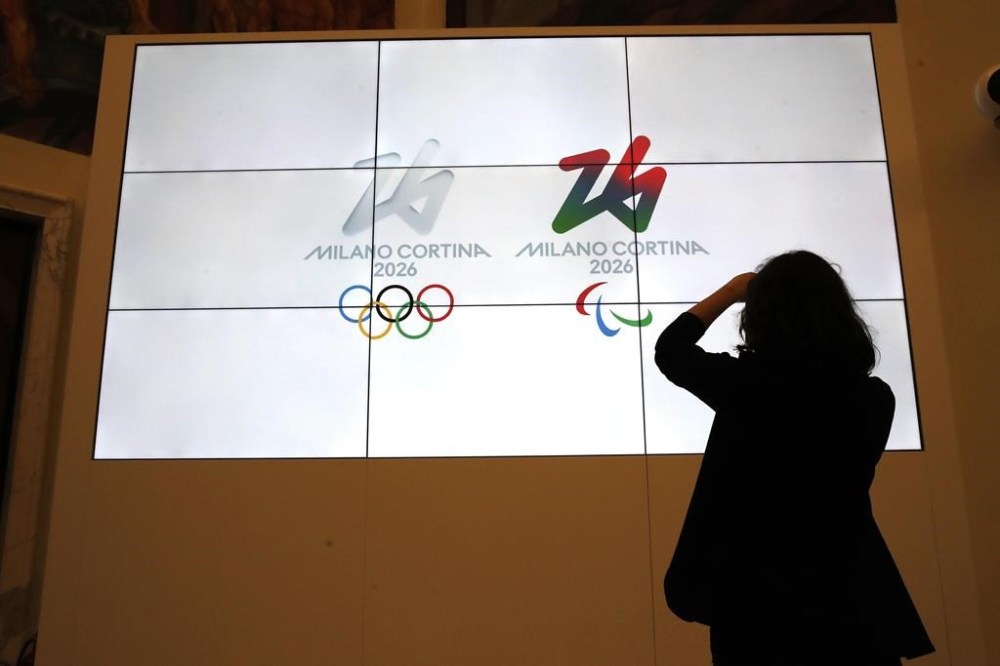2026 Olympic speedskating oval to get $50 million roof
Advertisement
Read this article for free:
or
Already have an account? Log in here »
To continue reading, please subscribe:
Monthly Digital Subscription
$0 for the first 4 weeks*
- Enjoy unlimited reading on winnipegfreepress.com
- Read the E-Edition, our digital replica newspaper
- Access News Break, our award-winning app
- Play interactive puzzles
*No charge for 4 weeks then price increases to the regular rate of $19.00 plus GST every four weeks. Offer available to new and qualified returning subscribers only. Cancel any time.
Monthly Digital Subscription
$4.75/week*
- Enjoy unlimited reading on winnipegfreepress.com
- Read the E-Edition, our digital replica newspaper
- Access News Break, our award-winning app
- Play interactive puzzles
*Billed as $19 plus GST every four weeks. Cancel any time.
To continue reading, please subscribe:
Add Free Press access to your Brandon Sun subscription for only an additional
$1 for the first 4 weeks*
*Your next subscription payment will increase by $1.00 and you will be charged $16.99 plus GST for four weeks. After four weeks, your payment will increase to $23.99 plus GST every four weeks.
Read unlimited articles for free today:
or
Already have an account? Log in here »
Hey there, time traveller!
This article was published 08/11/2022 (1131 days ago), so information in it may no longer be current.
ROME (AP) — Another expensive venue for t he 2026 Milan-Cortina Winter Olympics has been approved, with a 50-million euro ($50-million) project slated to place a roof over the outdoor speedkating oval in Baselga di Piné.
Officials in the Trentino region gave the go-ahead at a city council meeting.
The Milan-Cortina organizing committee said Tuesday that it couldn’t comment on “a choice made by Baselga,” but noted that speedskating was slated for Baselga in the bid dossier and that the International Skating Union prefers an indoor oval.

The move comes after local authorities in the Veneto region set aside more than 80 million euros ($80 million) to renovate the historic sliding track in Cortina for bobsled, luge and skeleton races.
Neither the oval nor the sliding center will be included in official Milan-Cortina budgets in an era of increasing sensitivity about the cost of staging the Olympics — and the typical overspending funded by taxpayers.
There had been calls to move speedskating to an existing indoor oval built for the 2006 Turin Games.
The move comes amid reports that the new Italian government is set to appoint Andrea Varnier, who helped organize the 2006 Turin Games, as the chief executive for the 2026 organizing committee.
Alessandro Zoppini, the architect for the approved oval, also designed the speedskating venues for the 2006, 2014 and 2018 Games in Turin, Sochi and Pyeongchang, respectively.
Zoppini noted that covering the oval will reduce energy costs since the track will no longer be subjected to direct sunshine.
The Baselga oval hosted the 1995 world championships and various other elite events but the last time speedskating was held outdoors at the Olympics was for the 1992 Albertville Games, with the IOC having since preferred the controlled environment of indoor venues.
Outdoor ice is notoriously tough to keep in shape for all competitors to have a fair chance at a medal.
High temperatures made matters challenging in Albertville, where one recurring term was “slush,” with skaters ploughing through soft ice that sometimes had a thin sheet of water on top.
Over longer distances, when a competition session can take two hours, conditions at outdoor tracks can change to the extent that gold can depend as much on the starting time as on four years of preparation.
With Baselga now slated to get a roof, though, those worries can be set aside.
___
More AP Olympics: https://apnews.com/hub/winter-olympics and https://twitter.com/AP_Sports
___
Andrew Dampf is at https://twitter.com/AndrewDampf









